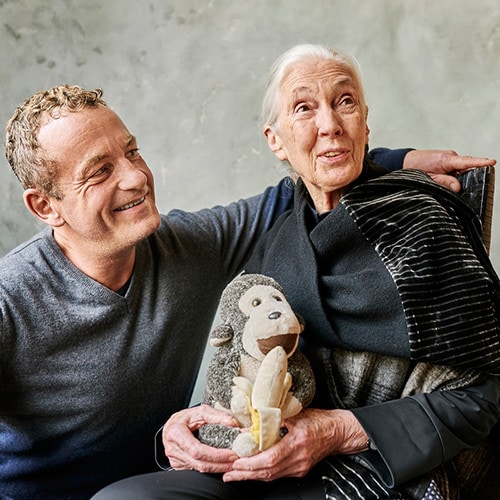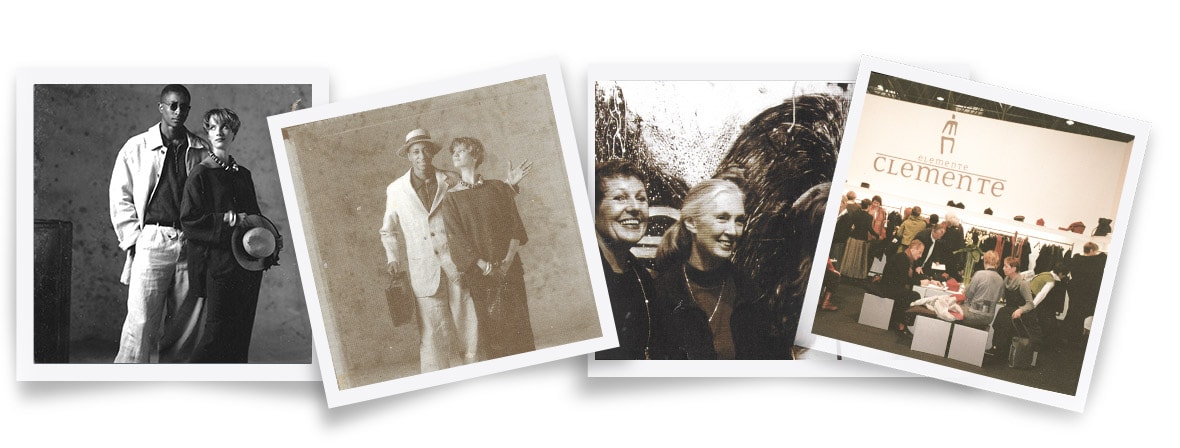Store München-Haidhausen
Pariser Platz 1
81667 München
Mo.–Fr. 10:00 –18:30
Sa. 10:00 –15:00
P: +49 89 55052616
Pariser Platz 1
81667 München
Mo.–Fr. 10:00 –18:30
Sa. 10:00 –15:00
P: +49 89 55052616
Eberhardstraße 31-33
70173 Stuttgart
Mo.–Fr. 10:00 –19:00
Sa. 10:00 –18:00
P: +49 711 609349
F: +49 711 608369
Hohenzollernstraße 29
80801 München
Mo.–Fr. 10:00 –19:00
Sa. 10:00 –18:00
P: 089 347334
Rüttenscheiderstr. 155
45131 Essen
Mo.–Fr. 10:30 –18:30
Sa. 10:30 –16:00
P: +49 201 778555
Pariser Platz 1
81667 München
Mo.–Fr. 10:00 –18:30
Sa. 10:00 –15:00
P: +49 89 55052616
Eberhardstraße 31-33
70173 Stuttgart
Mo.–Fr. 10:00 –19:00
Sa. 10:00 –18:00
P: +49 711 609349
F: +49 711 608369
Hohenzollernstraße 29
80801 München
Mo.–Fr. 10:00 –19:00
Sa. 10:00 –18:00
P: 089 347334
Rüttenscheiderstr. 155
45131 Essen
Mo.–Fr. 10:30 –18:30
Sa. 10:30 –16:00
P: +49 201 778555
ES FING ALLES AN MIT ….
… Leinensäcken aus dem Ersten Weltkrieg, einer revolutionären Idee und den Achtzigerjahren! Als der heutige Gründer und Geschäftsführer von ELEMENTE CLEMENTE, Clemens Dörr, vierzehn Jahre alt war, begann er, sich für das Thema Nachhaltigkeit zu interessieren. Sein Onkel war einer der ersten Bio-Bauern in Bayern und der landwirtschaftliche Berater der 1980 neu gegründeten „Grünen“.
„Durch meinen Onkel wurde ich früh mit den Themen Massentierhaltung, konventioneller Landwirtschaft und dem massiven Einsatz von Pestiziden und Düngemittel konfrontiert. Seit ich achtzehn Jahre alt bin, kaufe ich deshalb ausschließlich Bio-Nahrungsmittel.“
Hinzu kam, dass der Stiefvater von Clemens Dörr einen Mode-Secondhand-Laden hatte und schon damals der Überzeugung war, dass man aus alten Stoffen neue Dinge herstellen kann. Auf einem Flohmarkt erwarb er alte, französische Leinensäcke aus dem Ersten Weltkrieg und ließ daraus neue Einzelteile herstellen.

„Als ich mich 1988 mit der Firma Kandis & Kandismann selbstständig machte und die erste Herrenkollektion entwarf, habe ich mich an diese Leinensäcke erinnert. Ich setzte mich mit der französischen Regierung in Verbindung und wurde an ein Lager mit nie benutzten Leinensäcken verwiesen.“
Die Idee, daraus eine Kollektion herzustellen, klang unglaublich und gleichzeitig revolutionär. Clemens Dörr kaufte 2000 Stück von den Leinensäcken, verliebte sich in das exzellente Material und startete damit seine erste Kollektion. Sie war von Anfang an ein großer Erfolg, wurde von bekannten Häusern wie dem Kaufhaus Ludwig Beck und der Firma Uli Knecht geordert und kam nie aus der Mode.
„Ich sehe immer noch Menschen mit unseren Kollektionsteilen von damals durch die Straßen gehen, denn sie sind unverwüstlich und zeitlos. Die Faszination für Leinenstoffe ist mir bis heute geblieben.“
Als Clemens Dörr im Jahr 2002 das Modelabel
ELEMENTE CLEMENTE gründete, war klar, dass das Thema Nachhaltigkeit eine zentrale Rolle spielen würde. Recyceln und upcyceln waren und sind wichtige Produktionsprinzipien, für die das ganze Team steht und die ständig weiterentwickelt werden.

„Bevor wir neue Ressourcen einsetzen, sollten wir uns Gedanken darüber machen, was wir reparieren und wiederbeleben können, um gebrauchten Materialien einen neuen Wert zu geben. Ein Produkt sollte so hergestellt werden, dass es am Ende seines Lebens wieder in den Kreislauf zurückgeführt werden kann.“
Eine neue Kollektion von ELEMENTE CLEMENTE folgt deshalb so weit wie möglich den Prinzipien von „Cradle to Cradle“ („vom Ursprung zum Ursprung“). Dabei handelt es sich um eine konsequente Kreislaufwirtschaft, die von einem deutschen Chemiker und einem amerikanischen Architekten als Prinzip für die Herstellung von Waren entwickelt wurde.
„Wir kaufen zum Beispiel hochwertige Rest-Leinenstoffe ein und machen daraus ein neues Design. Das heißt, wir denken und arbeiten andersherum als sonst in der Modebranche üblich. Normalerweise entsteht erst der Entwurf für ein neues Kleidungsstück und danach lässt man entsprechende Stoffe herstellen. Wir schauen uns stattdessen an, was es an Rest-Metragen gibt und machen daraus spannende, neue Teile. Das hat den großen Vorteil, dass der Stoff schon existiert und nicht neu produziert werden muss.“
Mit der zunehmenden Klimaerwärmung werden diese Prinzipien der Herstellung für die ganze Welt immer wichtiger. Jeder Produktionsschritt muss überlegt und überprüft werden. Natürlich steht die Menschheit damit erst am Anfang. Umso wichtiger ist es, die Wertschätzung von Materialien sicht- und erlebbar zu machen.
„Die Modebranche sollte bei den speziellen Problemen des CO2-Ausstoßes dringend darauf achten, dass ihre Produkte möglichst schonend hergestellt werden. In der Fabrik in Tunesien, die die Kleider von ELEMENTE CLEMENTE produziert, wird ca. 70 Prozent der Energie selbst erzeugt. Wir geben einen Euro pro verkauftem Elemente-Clemente-Teil und fünf Euro für jedes verkaufte Triple-Eco-Shirt an die Projekte der von uns sehr geschätzten Naturschützerin Jane Goodall ab.“
Der Weg von 2000 Leinensäcken bis hin zu der nachhaltigen Mode von ELEMENTE CLEMENTE ist kürzer als gedacht, denn die Grundidee von Clemens Dörr ist geblieben. Es geht um eine außergewöhnliche Mode, die ihre Ressourcen transparent macht und deren Schönheit gerade dadurch entsteht, dass das Material nicht nur eine ausgezeichnete Qualität sondern auch eine Geschichte mit sich bringt.